Side Trip
New England Fall, the trees ablaze,
We drove to take them in;
And took a side trip, pure amaze,
At Emily Dickinson.
© F.W. Heaton October 2017
Daguerreotype. Taken at Mount Holyoke College in 1846, age 16, recognized as the only authenticated portrait of Dickinson taken later than her childhood.
This write-up is for all you kind souls subscribing to our Blog or periodically visiting our website, many of whom may or may not have an interest in poetry. This piece focuses on poetry; however, we certainly invite the rest of you to follow along. In October 2017, Mary & I had driven to New York City for a four-day NYC Holiday with our daughter, Mandy, and spouse, Steve, followed by visiting a friend near Hartford CT, dining with her two evenings and, on her recommendation, taking an impromptu side trip during the intervening day to the Emily Dickinson (1830-1886) Museum, an hour's drive north in Amherst MA. Although basically unpublished during her lifetime, in the now 121 years since her death, Dickinson has become recognized as one of the greatest poets in the English language. There is so much fascinating history to learn about Emily, her family and the times in which she lived, we'll leave that for you to research as your interest dictates and perhaps make your own visit to the Museum. The same is true for her poetry: so much to learn; we'll leave that for your research as well. With limited time available for this piece, we'll focus on just one aspect of Dickinson's poetry: "Meter".
For those of you who have read our book, "The Sixty-Minute Poet", you know that, in poetry, "meter" is the count of words/syllables/accents/emphasis points in a line and between lines which give the writing a "feel", a "rhythm", quite different from the reader's feelings when reading prose. With that brief explanation, let's look at Dickinson's opening lines in Poem "Number 428" (Note: Dickinson did not title her poems; those researching/compiling her poems after her death ascribed a number to each):
"We grow accustomed to the Dark
When light is put away"
We've put underlines under the un-emphasized syllables and marked in bold each syllable intended as a point of emphasis. Note that the first line involves eight counts with counts numbered 2, 4, 6 and 8 the points of emphasis. The second line involves six counts, again the emphasis points numbered 2, 4 and 6. For those of you putting in a bit of time studying poetic meter, you'll recognize this as "iambic"—an unstressed syllable followed by a stressed syllable.
Examples include: behold, deserve, the sun.
Additionally, most of Dickinson's poetry utilized alternating lines of eight counts followed by six counts, identified as "8686".
Now, why devote this piece to just this one aspect of her poetry? It is because one learns when studying Dickinson's life and poetry that, in the time of her early and middle years, the poetry of the time in Puritan New England for the most part followed the meter of the hymns written for and sung in the churches of the day. Just one example can well make the point, "Amazing Grace":
"Amazing grace, how sweet the sound,
That saved a wretch like me ..."
Can you now "feel" the similarity of the rhythm in Dickinson's "428" and "Amazing Grace", not to mention my "Side Trip" poem above? The tour guide taking us through Dickinson's home and particularly her bedroom from which she wrote most of her 1,800 poems explained that, to be considered "poetry" in her time, the work almost had to be written in this meter. However, as an original in non-conformity and ignoring social convention, she wrote her poetry for herself, changing meter as desired for emphasis or meaning, changing the poem itself with multiple versions of the same poem, marking the poem with multiple notations meaning much to her but challenging to those trying to interpret the author’s true intent.
There's so much to learn about her poetry including subject matter, word selection, multiple creations of the same poem, style, tone, rhyming, "slant rhyming", punctuation, notations, making the abstract tangible, expressing possibilities not yet realized, and much more; but hopefully you've found this glimpse of her work of interest and, perhaps, inspiring for you to learn more.
We thank you for your interest here,
In our blog and website;
Inviting you to come on back,
When time for you is right!
“The Homestead”, taken with my iPhone 12Oct17 from the garden which was the subject of many of Dickinson’s poems, the majestic white oak to the left possibly planted by Emily’s brother, Austin, around 1850. You’ll notice a marker lower center-right; the grounds are well marked for you to take a cell phone audio tour, the audio at each marker providing the history of that area of the landscape as well as a reading of one of Dickinson’s poems written about that particular spot.


